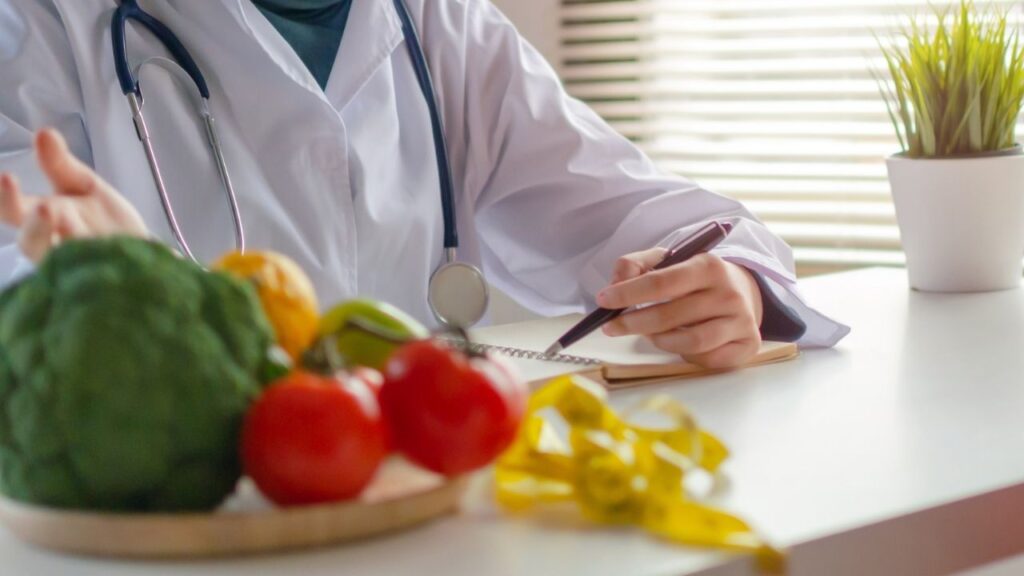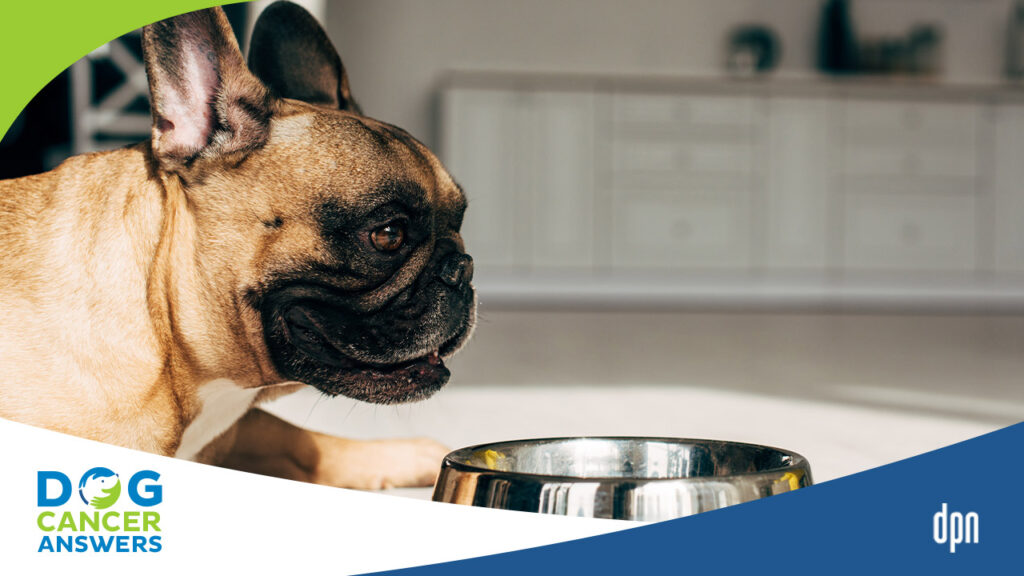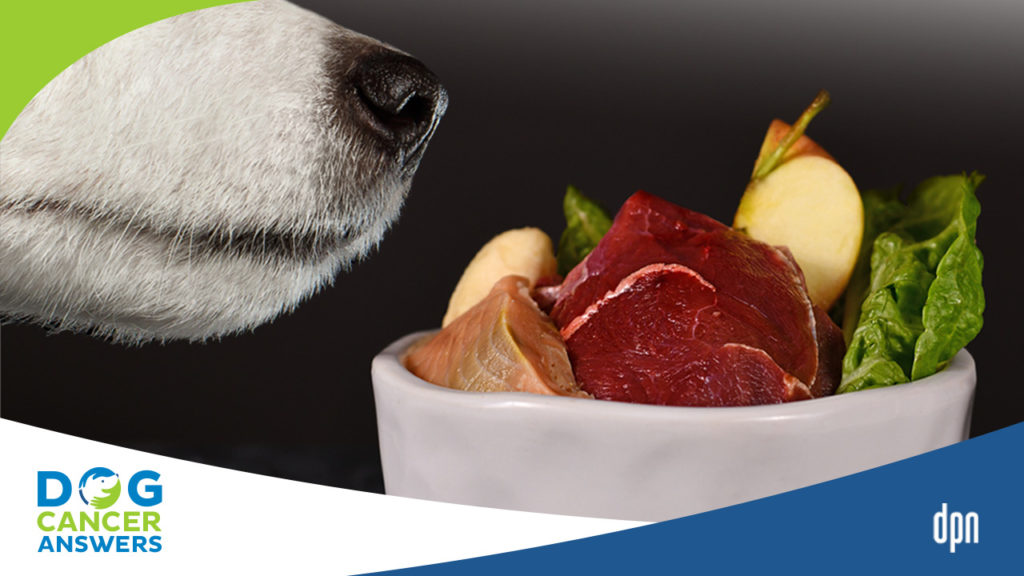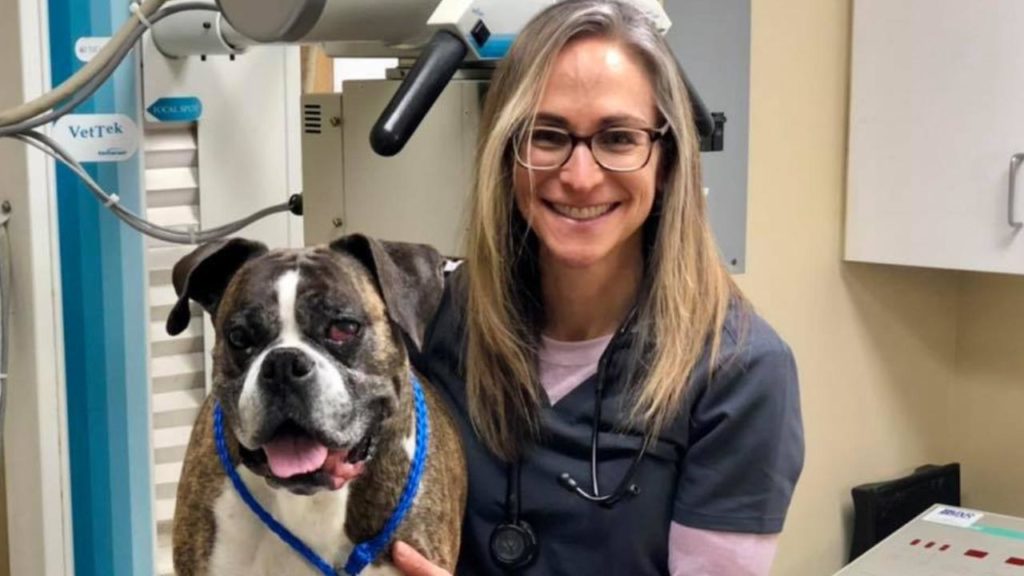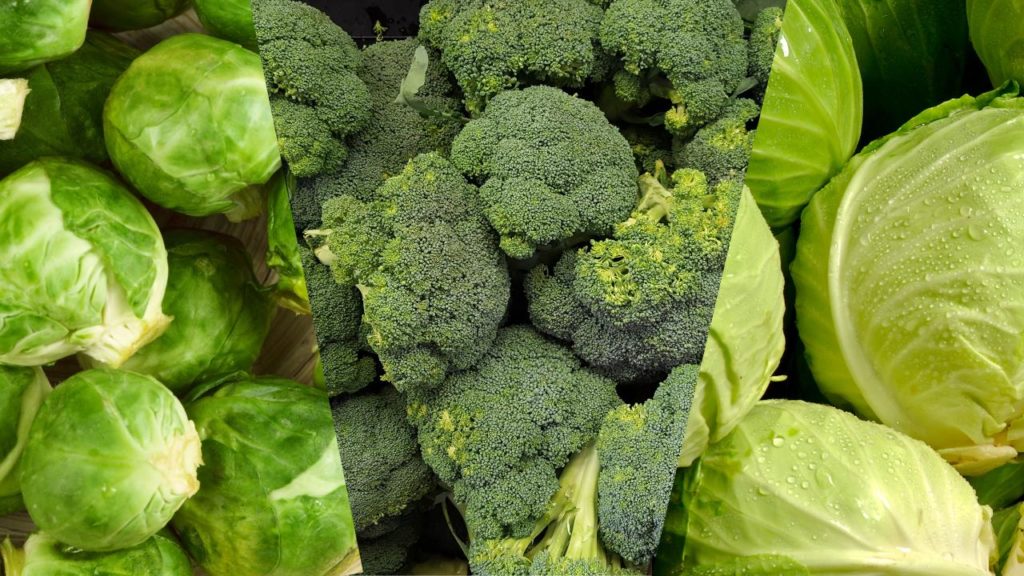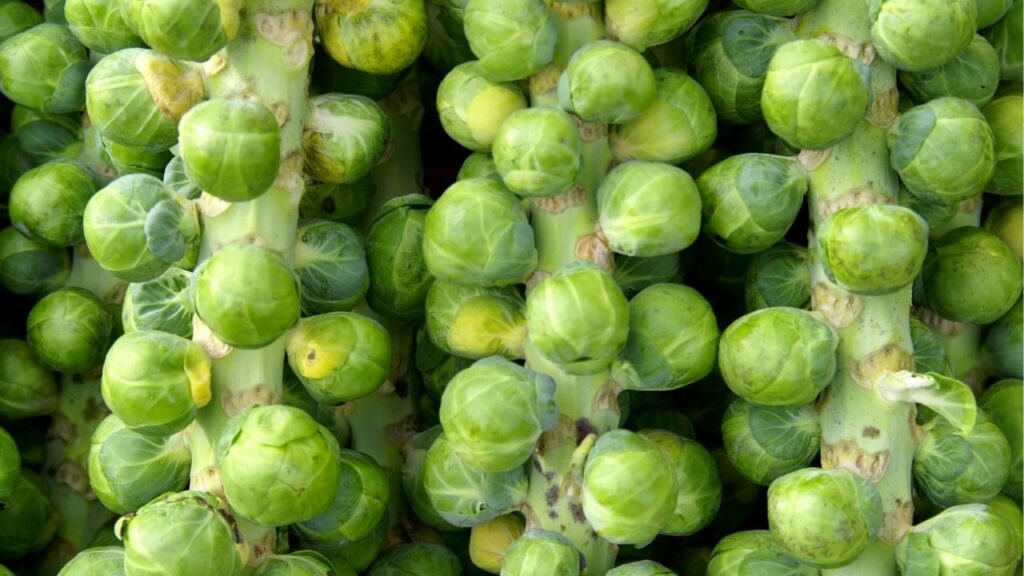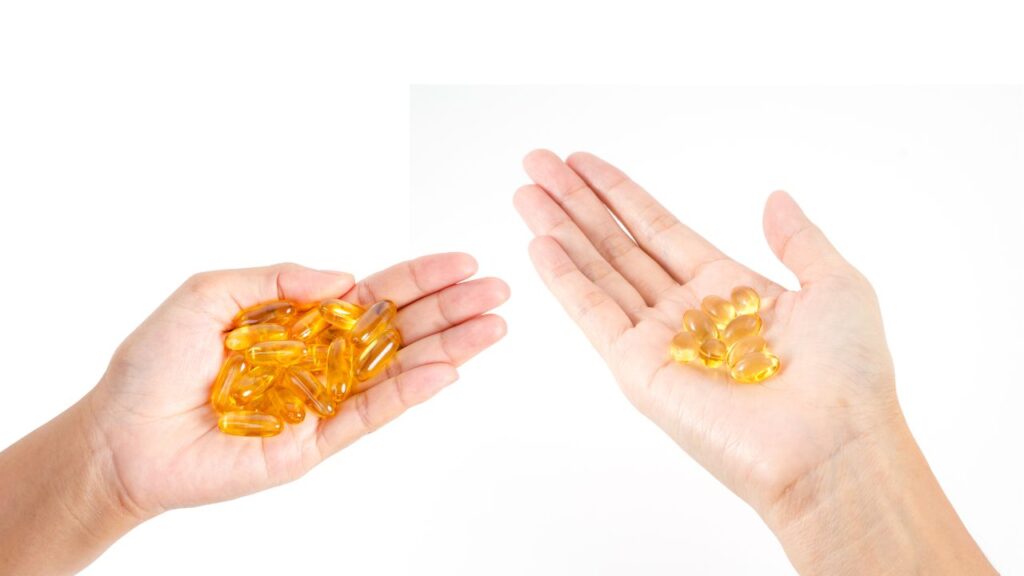Broccoli is a nutritional powerhouse, full of important nutrients and cancer-fighting properties.
Key Takeaways
- How much broccoli a dog can eat depends on their size and if they are used to eating fresh veggies. Start with a few bite-sized pieces, and consult a veterinary nutritionist to see how broccoli best fits in your dog’s diet.
- If a dog eats broccoli, she is getting a healthy, nutritious snack.
- Benefits of broccoli for dogs include a variety of vitamins and nutrients, antioxidants, maintaining a healthy weight, and even slowing the activity of cancer cells.
- Cooked broccoli is ok for dogs – chop it and let it rest first, then lightly cook it on low heat.
What Is Broccoli?
Brassica oleracea (commonly known as broccoli) is a cruciferous vegetable belonging to the mustard family.
A familiar sight in grocery stores and farmer’s markets, broccoli has green flowering heads growing on thick stalks along with a few small leaves. All parts of the plant are edible – and nutritious.
Broccoli is a cool season crop that can be grown in your garden, and you can sprout broccoli seeds easily at home for a ready supply of broccoli sprouts.
Is Broccoli Good for Dogs?
Broccoli is an excellent source of fiber, vitamins, minerals, and more, so it is a great addition to your diet – and your dog’s!
The leaves are the part of the plant that is richest in carotenoids, chlorophyll, vitamins E and K, antioxidants, calcium, and manganese. The florets (the small clusters on the head of the plant) are especially high in amino acids and glucoraphanin.1
Food is medicine! Veterinarian Susan Recker recommends the best foods for dogs with cancer and food types to avoid for these pups in this episode of Dog Cancer Answers.
Sulforaphane is the Magic Ingredient
All forms of broccoli, including the mature plant, sprouts, and seeds, contain the phytonutrient glucoraphanin. Glucoraphanin is transformed by an enzyme called myrosinase (found in your dog’s gut microbiome and in the broccoli itself) to sulforaphane.2 Sulforaphane has been the subject of much research because of its health benefits, especially in the fight against cancer.
In one study using canine osteosarcoma cancer cells, sulforaphane decreased cancer cell invasion and activity of an enzyme that signals cancer cells to multiply. However, it also provided protection to some cancer cells from damage by doxorubicin, a common chemotherapeutic drug.3
But a recent article cites several other studies showing sulforaphane increased the efficacy of doxorubicin and cisplatin (another widely used chemo drug) against cancer cells, while at the same time preventing damage to healthy cells. The researchers suggest that the effect may be dependent on the specific characteristics of an individual’s cancer cells.4
In addition to sulforaphane’s anti-cancer effects, it is also cardioprotective, antioxidant, and anti-inflammatory, so it contributes to overall health.5
Another phytonutrient in broccoli is 3,3′-diindolylmethane (DIM), which has been shown to protect normal cells from damage during cancer radiation therapy.6
Broccoli sprouts may play a role in cancer prevention, too. A broccoli sprouts beverage helped mitigate the effects of air pollutants (which are associated with lung cancer) in people in China.7
Is there a perfect diet for a dog with cancer? Does diet even matter when it comes to cancer? Dr. Sue Ettinger, veterinary oncologist and co-author of The Dog Cancer Survival Guide, weighs in for this episode of Dog Cancer Answers.
When to Not Feed Broccoli
There are no known drug interactions or contraindications with broccoli and common cancer treatments, but the high vitamin K content in broccoli may interfere with warfarin’s action.8
To be safe, avoid broccoli if your dog is taking warfarin – this is not often used in dogs, but it is occasionally prescribed for dogs with cardiovascular disease.
How to Prepare Broccoli for Dogs
While broccoli is a safe, nutritious food for dogs, begin with small amounts if your dog is not accustomed to veggies in her diet – a bite or two (sized to your dog) is a good start. Gradually increasing her intake will help to prevent excess gas or GI discomfort.
To avoid unbalancing her diet, do not let even these nutritious add-ins exceed more than 10% of her total food intake.
Consider cooking the broccoli if your dog is on a chemo or radiation treatment protocol to minimize exposure to food-borne pathogens. Cooking may also make broccoli more easily digestible for dogs new to eating fresh vegetables.
Recalls have been issued in the past for broccoli sold in stores. Follow food safety guidelines for fresh broccoli – store unwashed broccoli in the refrigerator for up to 5 days, and wash it with plenty of clean water before eating and/or cooking.9
To supercharge your broccoli’s sulforaphane content, chop it and then let it rest for 90 minutes before serving or cooking. The “trauma” to the plant causes an increase in the broccoli’s own myrosinase activity – and that dramatically increases the sulforaphane content. Heat (as in cooking) decreases the amounts, so the chop and rest strategy can help recoup the beneficial sulforaphane even in cooked broccoli.10
Board-certified veterinary nutritionist Lindsey Bullen weighs in on all things dog nutrition, from general rules to follow to customized diets, in this episode of Dog Cancer Answers.
Where to Get Broccoli for Dogs
Organic produce is always preferred, when possible, to minimize your dog’s exposure to toxic chemicals.
Growing your own broccoli ensures fewer people handle it – and therefore decreases the potential for contamination, which may occur during the growing or processing of commercial vegetables.
Although many nutrients are well-preserved by freezing, sulforaphane content decreases when broccoli is frozen. You can still freeze broccoli, but you need to add a fresh source of myrosinase – like a small amount of another (raw, unfrozen) cruciferous veggie – upon thawing to revive the sulforaphane.11
Broccoli sprouts have by far the highest level of glucoraphanin (the storage form of sulforaphane) as compared to other forms of broccoli.12 You can learn how to sprout the seeds at home so you always have a steady supply.
No matter whether you opt for fresh or frozen, homegrown or commercial, mature plants or sprouts, broccoli can be a valuable part of your dog’s complete and balanced diet plan. Consult a veterinary nutritionist to incorporate larger quantities of broccoli into her meal rotation or use broccoli as a treat or food topper for a nutrition boost – and cancer fighter – in the bowl.
- Liu, M. et al. (2018) Comparative phytonutrient analysis of Broccoli by-products: The potentials for broccoli by-product utilization, Molecules (Basel, Switzerland). U.S. National Library of Medicine. Available at: https://www.ncbi.nlm.nih.gov/pmc/articles/PMC6017511/ (Accessed: November 26, 2022).
- Yuanfeng, W. et al. (2021) Approaches for enhancing the stability and formation of sulforaphane, Food chemistry. U.S. National Library of Medicine. Available at: https://pubmed.ncbi.nlm.nih.gov/33601652/ (Accessed: November 26, 2022).
- Rizzo , V.L., Levine, C.B. and Wakshlag, J.J. (2017) The effects of sulforaphane on canine osteosarcoma proliferation and invasion, Veterinary and comparative oncology. U.S. National Library of Medicine. Available at: https://pubmed.ncbi.nlm.nih.gov/27045198/ (Accessed: November 23, 2022).
- Calcabrini, C. et al. (2020) Sulforaphane potentiates anticancer effects of doxorubicin and Cisplatin and mitigates their toxic effects, Frontiers in pharmacology. U.S. National Library of Medicine. Available at: https://www.ncbi.nlm.nih.gov/pmc/articles/PMC7207042/ (Accessed: November 26, 2022).
- Mazarakis, N. et al. (2020) The potential use of L-sulforaphane for the treatment of chronic inflammatory diseases: A review of the clinical evidence, Clinical nutrition (Edinburgh, Scotland). U.S. National Library of Medicine. Available at: https://pubmed.ncbi.nlm.nih.gov/30954362/ (Accessed: November 26, 2022).
- Fan, S. et al. (2013) DIM (3,3′-diindolylmethane) confers protection against ionizing radiation by a unique mechanism, Proceedings of the National Academy of Sciences. Available at: https://www.pnas.org/doi/full/10.1073/pnas.1308206110.
- Egner, P.A. et al. (2014) Rapid and sustainable detoxication of airborne pollutants by broccoli sprout beverage: Results of a randomized clinical trial in China, Cancer prevention research (Philadelphia, Pa.). U.S. National Library of Medicine. Available at: https://pubmed.ncbi.nlm.nih.gov/24913818/ (Accessed: November 26, 2022).
- Broccoli uses, benefits & dosage – drugs.com herbal database (2022) Drugs.com. Available at: https://www.drugs.com/npp/broccoli.html (Accessed: November 26, 2022).
- Mullaney, S. and Weinroth, M. (2018) A food production wiki for Public Health Professionals, Food Source Information. Available at: https://fsi.colostate.edu/broccoli1/ (Accessed: November 26, 2022).
- Wu, Y. et al. (2018) Hydrolysis before stir-frying increases the isothiocyanate content of …ACS , ACS Publications. American Chemical Society. Available at: https://pubs.acs.org/doi/10.1021/acs.jafc.7b05913 (Accessed: November 25, 2022).
- Dosz, E.B. and Jeffery, E.H. (2013) Modifying the processing and handling of frozen broccoli for increased Sulforaphane Formation, Journal of food science. U.S. National Library of Medicine. Available at: https://pubmed.ncbi.nlm.nih.gov/23915112/ (Accessed: November 26, 2022).
- Vanduchova , A., Anzenbacher, P. and Anzenbacherova, E. (2018) Isothiocyanate from broccoli, sulforaphane, and its properties, Journal of medicinal food. U.S. National Library of Medicine. Available at: https://pubmed.ncbi.nlm.nih.gov/30372361/ (Accessed: November 26, 2022).
Topics
Did You Find This Helpful? Share It with Your Pack!
Use the buttons to share what you learned on social media, download a PDF, print this out, or email it to your veterinarian.
